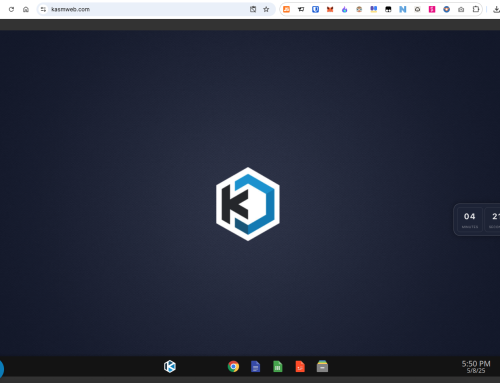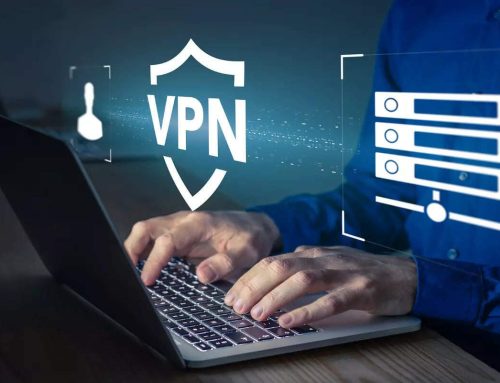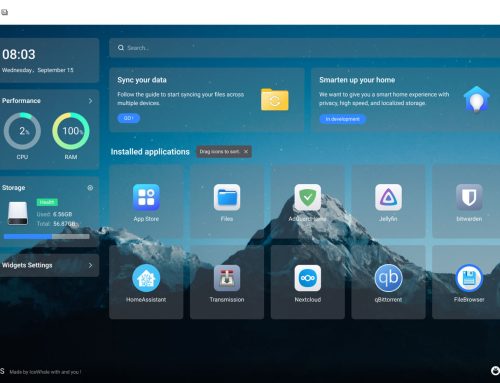Are you ready to get hands-on experience in cybersecurity? Setting up a cybersecurity home lab is one of the most effective ways to practice penetration testing, explore vulnerability assessment, and hone your skills—all in a safe and controlled environment. Whether you’re a beginner or an experienced professional looking to expand your expertise, a home lab gives you the freedom to simulate real-world scenarios and experiment without any risks.
This guide will walk you through what you need to know about setting up a simple yet effective cybersecurity home lab. From understanding the essential components to step-by-step instructions and practical exercises, you’ll discover how to maximize the learning potential of your lab.
What is a Cybersecurity Home Lab?
A cybersecurity home lab is a personal setup where you can safely simulate, explore, and address cybersecurity challenges. These labs typically involve isolated networks and devices intentionally configured to allow you to test vulnerabilities and experiment with security measures.
The primary purpose of a cybersecurity home lab is to provide hands-on experience. It helps you practice critical skills like penetration testing, vulnerability scanning, and firewall configuration—factors that are essential to becoming proficient in cybersecurity.
Why Set Up a Cybersecurity Home Lab?
There are numerous benefits to creating a cybersecurity home lab:
- Practice Skills Safely: It gives you a risk-free environment—it won’t compromise any live systems.
- Customizable Setup: Tailor your lab to meet your learning objectives or simulate specific challenges.
- Learn Current Tools: Experiment with industry-standard tools like Metasploit, Nessus, and Splunk to stay updated and competitive in your field.
- Prepare for Real-World Scenarios: Simulate real-world attacks and learn how to develop effective countermeasures.
- Enhance Your Resume: Whether you’re preparing for certifications or applying for cybersecurity positions, hands-on lab experience is a valuable skill.
Now, let’s look at how to build your lab step-by-step.
Components of a Cybersecurity Home Lab
Before getting started, it’s essential to understand the key components you’ll need:
- Attack Device: A laptop or desktop equipped with Kali Linux. This operating system is preloaded with powerful penetration testing tools.
- Vulnerable Devices: Devices intentionally configured with vulnerabilities, such as Metasploitable, DVWA (Damn Vulnerable Web Application), or OWASP Broken Web Applications.
- Router: A device to manage traffic and securely connect different networks.
- Firewall: A software or hardware solution that controls traffic between networks, improving security.
- Monitoring Tools (Optional): Tools like Splunk or ELK Stack for tracking and analyzing network activity in real time.
Setting Up Your Network Environment
Your home lab should consist of three main components:
- Isolated Network: Contains the vulnerable devices and attack device. This network won’t affect your personal or home devices.
- Home Network: Includes laptops, mobile devices, or other everyday internet-enabled hardware.
- Firewall and Router: Acts as a gateway between the isolated network, home network, and the internet, ensuring proper configuration and safety.
Network Diagram Overview
To ensure optimal understanding and setup, use a network diagram as a visual guideline. A basic layout should include:
- An isolated network for vulnerable devices and testing.
- A home network for personal use.
- A firewall/router connecting the two to the internet securely.
Step-by-Step Guide to Setting Up a Cybersecurity Home Lab
Step 1: Setting Up the Isolated Network
Hardware:
- Use a physical router or create a virtual network using software like VMware or VirtualBox. Virtual networks provide flexibility and cost-efficiency by allowing you to create multiple isolated environments within a single machine.
Attack Device:
- Install Kali Linux on your attack device. This open-source platform includes hundreds of tools specifically designed for penetration testing and digital forensics.
Vulnerable Devices:
- Deploy virtual machines (VMs) with deliberately insecure systems. Popular options include:
- Metasploitable: Mimics real-world vulnerabilities.
- DVWA (Damn Vulnerable Web Application): A web-based platform for testing security skills.
- OWASP Broken Web Applications: A collection of vulnerable web apps.
Step 2: Configuring the Router and Firewall
Router:
- Ensure your router supports multiple networks using VLANs (Virtual Local Area Networks) or use multiple routers. VLANs allow segmentation of network traffic, boosting security and performance.
Firewall:
- Place the firewall between your router and the internet. Use hardware-based options or software firewalls like pfSense. Configure it to allow traffic from both your home and isolated network while blocking unnecessary connections.
Step 3: Connecting the Home Network
Home Devices:
- Connect personal devices (e.g., laptops, smartphones) to the home network. Ensure they remain entirely segregated from the isolated environment.
Separation:
- Maintain separation between the two networks through VLANs, separate routers, or other segmentation tools. This protects your personal devices from vulnerabilities in your isolated network.
Practical Exercises for Cybersecurity Training
Once your lab is operational, you can perform several exercises to develop your skills further:
Penetration Testing
Using tools like Metasploit, Nmap, and Wireshark, explore the vulnerabilities in your isolated network. Practice identifying weaknesses and simulating exploitation scenarios.
Vulnerability Assessment
Run scans with tools like OpenVAS or Nessus to generate detailed reports on vulnerabilities. Learn about potential risks and mitigation strategies to strengthen defenses.
Firewall Configuration
Play around with firewall rules using tools like pfSense. Simulate attacks to see how your firewall responds and fine-tune settings for enhanced security.
Advanced Scenarios (Optional)
- Simulate Real-World Attacks: Recreate phishing attacks, SQL injection, or cross-site scripting (XSS) to understand both offensive and defensive approaches.
- Mitigate Vulnerabilities: After identifying risks, practice implementing countermeasures such as patches or improved configurations.
- Monitoring and Logging: Set up logging solutions like Splunk or ELK Stack to detect and respond to unusual activity in real time.
Tips for Ethical Hacking
While practicing, it’s crucial to adhere to ethical standards:
- Only experiment in environments where you have permission.
- Never use your skills on live systems or networks without explicit authorization.
- Regularly update and patch the software in your home lab to avoid leaving it vulnerable.
Final Thoughts
A cybersecurity home lab is an invaluable resource for anyone aspiring to master cybersecurity. By simulating real-world scenarios in a controlled environment, you’ll sharpen your skills, boost your confidence, and prepare to tackle professional challenges.
Want to take your lab to the next level? Start experimenting with advanced features like security monitoring, penetration testing frameworks, and even developing your own attack scripts. With time and consistent effort, your home lab could become the stepping stone to an exciting and rewarding career in cybersecurity.
Now that you’ve learned how to set up your home lab, it’s time to get started! Remember, practice makes perfect—and there’s no better way to hone your skills than by experimenting in your own secure environment. Happy hacking!





